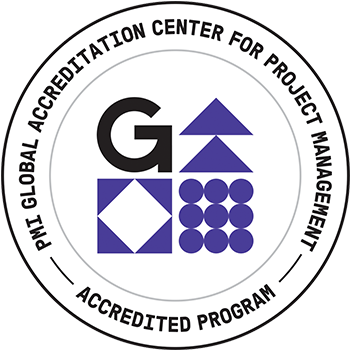Better Buying Power through the use of Agile Acquisition Strategies
Paper Title:
Better Buying Power through the use of Agile Acquisition Strategies
Abstract:
In June 2012, the Office of Management and Budget (OMB) provided direction to agencies on contracting to support modular development based on OMB’s 25-point initiative to align the acquisition process with the technology cycle. The technology cycle is moving from traditional plan-driven framework, with functionality delivered in years and IT projects behind schedule, over budget and delivering less that fit for use outcomes; to an adaptive framework. This adaptive framework, Agile, focuses on providing new functionality incrementally. IT investments and projects using Agile focuses on providing the best possible usable product while promoting open communication, trust, respect, flexibility, and governance among the teams. Agile is designed to deliver small packets of capability with clear outcomes, usually called sprints or modular development. Each iteration or sprint allows stakeholders to better define their needs and requirements to ensure the most effective development of solutions, allows developers to ensure the criteria for completion and ensure requested capability through iteration testing, and evaluates solution’s performance throughout entire lifecycle. The Agile focuses flexibility to ensure the end result is fit for the use of the customer, which is accomplished in part to the incremental design, develop, test, and integrate, as well as learning from each sprint to ensure efficiencies are captured and utilized. Agile supports the OMB initiative while also supporting a shift in traditional development approaches. These initiatives require flexibility and innovation in contracting approaches, and help lower costs, shorten procurement lead times, and increase delivery speed and capability. Contracting practices and modular development strategies for IT investments need to be aligned. This alignment and knowledge of agile assists the acquisition team to determine when it’s best to use Agile acquisition and when its best to use traditional methods, as well as understanding nuances of the modular development investments and projects. According to the FAR 39.002, modular contracting is the use of one or more contracts to acquire IT systems in successive, interoperable increments. Modular contracting is intended to reduce program risk and incentivize contractor performance while meeting the government’s need for timely access to rapidly changing technology. Section 5202 of the Clinger-Cohen Act of 1996 and section 39.103 of the Federal Acquisition Regulations (FAR) each recognize the potential benefits of modular contracting. OMB Circulars A—130 and A-11, as well as the Capital Programming Guide, include modular and Agile development, and contracting approaches. Agencies can structure their acquisition strategy in a variety of ways to effectively support modular development, such as dividing the acquisition into several smaller acquisition increments. Through the appropriate application of an incremental strategy, agencies can decrease overall program risk, obtain quicker results, realize a more rapid return on investment, and incorporate rapidly evolving technologies into subsequent modules and increments. Modular contracting has the potential to greatly improve the chances of success in large federal IT development programs. Future efforts can take advantage of any lessons learned or advancements in technology. However, because the system is obtained in incremental stages, issues such as agency IT architecture, interoperability standards, systems integration, program management and configuration control that are not as relevant in single purchase acquisition become critically important in modular contracting. As the transition from traditional methodologies to Agile, people tend to feel that there is a lack of control since requirements are refined at each sprint and requirements may be moved to future sprints. The different teams need to work at the same tempo with Agile, which includes active participation and frequent interaction. The teams need to be educated about Agile methodologies, framework, and guiding principles from both the project perspective and the acquisition perspective. The vision of the investment /project and the usefulness of the outcome need to be kept in focus for all stakeholders, to include the development team and the acquisition team. Agile is the framework that can accomplish that task.


